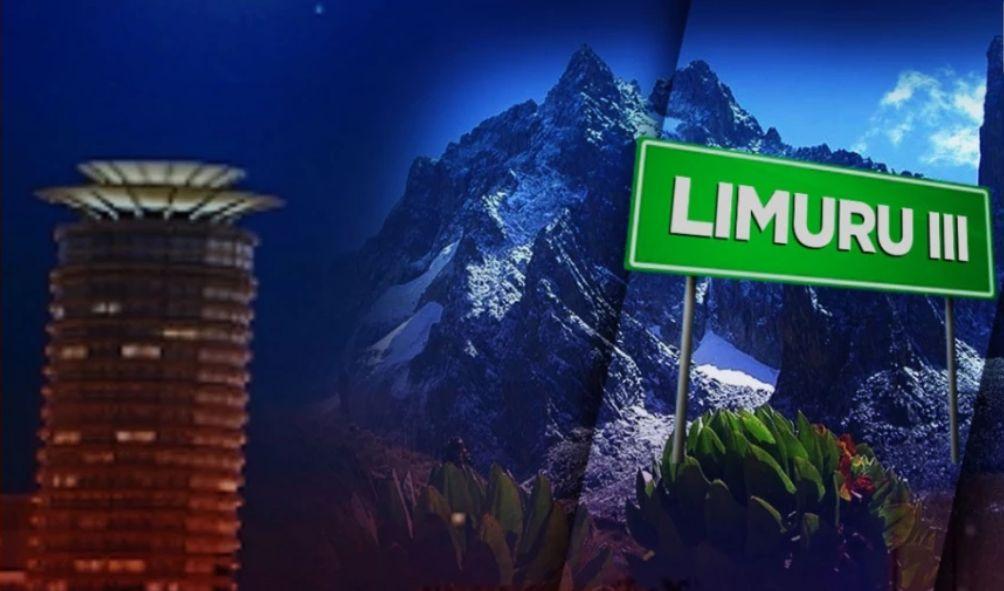Understanding the Historical Significance of Limuru: From Limuru One to Limuru Three
The term ‘Limuru Three’ has been frequently mentioned lately, but what exactly is its historical significance, and how does it relate to Limuru One and Two?
Some individuals knowledgeable about these events believe that Limuru Three doesn’t match up to its predecessors, while others see it as indicative of power struggles within the government and opposition.
Before Limuru Three, there were Limuru One and Two, which have deep historical roots.
Limuru has held a significant place in Kenya’s political history since its independence in 1961.
Africa Policy Institute CEO Peter Kagwanja highlighted the radical decision-making process that occurred in Limuru, transforming the Kenya African Union (KAU) into the Kenya African National Union (KANU).
This pivotal political decision took place at James Gichuru’s residence.
Five years later, Limuru again played a crucial role in Kenya’s political trajectory.
Kagwanja emphasized the rejection of socialism in favor of a market economy during this period.
This rejection led to a fallout between Jomo Kenyatta and Vice President Jaramogi Oginga Odinga.
It wasn’t until May 2010 that Limuru’s historical significance was revisited by the Mwai Kibaki administration, leading to Limuru One.
Kagwanja explained how Limuru One aimed to unify the Kikuyu community around the current constitution.
ALSO READ:
- Why Money Collected From Tourists Was Banked in Swiss Accounts – Gov’t
- Hanna Cheptumo Says Her Family Is Worth Ksh.420 Million During Cabinet Vetting
- Ruto’s Gender CS Pick Blames Femicide on ‘Greedy Women Chasing Money’ — Claims Education and Independence Could Stop the Killings
- Kelvin Kiptum’s Father Demands Justice and Compensation from President Ruto
- Fuel Prices Drop in Kenya: EPRA Announces New Rates for April 2025
In 2012, Limuru II saw Mt. Kenya reaffirming its unity and supporting Uhuru Kenyatta’s presidential candidacy despite ICC allegations.
So, what about Limuru III and its historical significance?
Former Central Imenti MP Gitobu Imanyara suggested it serves to remind the Mt. Kenya populace of maintaining unity and addressing economic concerns.
The absence of key figures in Limuru III could lead to Mt. Kenya’s isolation as the primary opposition to the government.
Imanyara raised concerns about potential rifts among communities and the impact on devolution benefits.
Has Limuru Three successfully united Mt. Kenya around a common agenda?
Kagwanja questioned the radicalism and effectiveness of Limuru Three, emphasizing the need for strong leadership akin to past figures like Jomo Kenyatta and Mwai Kibaki.
Imanyara suggested that Ruto strategically placing his allies in influential positions could shift blame away from him in the future.
The significance of Limuru III remains uncertain, and only time will reveal its true impact.
Understanding the Historical Significance of Limuru: From Limuru One to Limuru Three
